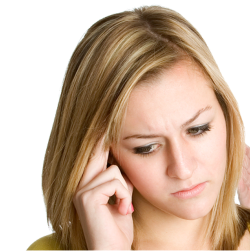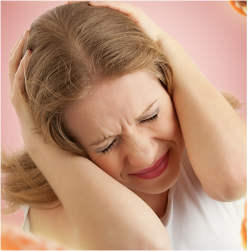 Welcome to My Fitness Nut!
Welcome to My Fitness Nut!
It takes a lot of time and energy to get fit and stay fit for life so when you’re looking for straight forward and valuable health and fitness information…
You’ve come to the right place!
Hi, we’re Frank and Anna and we’d like to welcome you to MyFitnessNut.com.
During your time with us our goal is to help both the beginner and the health and fitness nuts alike get the best of the best in the world of health and fitness.
Namely, our goal is to help you get fit and stay fit for life. We spend countless hours working hard and testing health and fitness products in our effort to make your total fitness and health plan be as simple, productive, informative, enjoyable and as successful as possible.
To show appreciation to our readers we set up three popular exercise and training programs; Dumbbell Training, Kettlebell Training and Hatha Yoga Training Programs and we’re giving you your choice of any one of them when you subscribe to the free My Fitness Nut Newsletter.
No Excuses – Get Started Now with Your Health and Fitness Plan
With the resources that you’ll find below, you’ll have no excuse not to get started. Just grab a copy of the Yoga, Kettlebell or Dumbbell training series that we provide and use them as a starting point.
Using one of those training guides along with a good nutrition plan may be all you’ll need to reach your health and fitness goals.
And if you’re not just starting out and already know this stuff… maybe you’re a fitness nut like us, then you’ll find plenty of resources by browsing the categories below to fuel your desire for “taking it to the next level”.
Whether you’re a man, woman, young or old, looking for a do-able workout routine to buff up one area of your already fit body or you’re taking your first steps getting up off the couch, our goal is to help you find the right “next step” for you and to help you achieve your ultimate health and fitness goals – whatever they may be.
Thanks again for visiting and we hope to serve you well.
Frank and Anna




 That’s a fair question indeed. How do you know that the headaches you are having are migraines and not just normal headaches?
That’s a fair question indeed. How do you know that the headaches you are having are migraines and not just normal headaches?
 It’s a proven fact that women are 3 times more prone to migraines. If that wasn’t bad enough, menstruation also has an impact on migraines. Some women have the worst of both worlds between typical migraines and menstrual migraines combined.
It’s a proven fact that women are 3 times more prone to migraines. If that wasn’t bad enough, menstruation also has an impact on migraines. Some women have the worst of both worlds between typical migraines and menstrual migraines combined.
 The Good and Bad News of Ocular Migraines
The Good and Bad News of Ocular Migraines
 Migraines affect millions of people and women are three times more likely to get migraines than men. Despite so many migraineurs in society today, modern medicine is no closer to a cure. In fact, most doctors and scientists are unable to even figure out why migraines occur.
Migraines affect millions of people and women are three times more likely to get migraines than men. Despite so many migraineurs in society today, modern medicine is no closer to a cure. In fact, most doctors and scientists are unable to even figure out why migraines occur.
 We’ve all had it before…
We’ve all had it before…
 In the US alone, there are about 30 million people suffering from migraines. The majority of this group is women since they are 3 times more likely than men to get migraine headaches. This is a very common condition and it is so painful that many sufferers often feel like life is not worth living when they are in such immense pain.
In the US alone, there are about 30 million people suffering from migraines. The majority of this group is women since they are 3 times more likely than men to get migraine headaches. This is a very common condition and it is so painful that many sufferers often feel like life is not worth living when they are in such immense pain.
 Migraine sufferers are constantly looking for ways and means to prevent migraines from occurring. The pain from these headaches can be so bad that their daily life is affected and they are no able to function properly due to the suffering.
Migraine sufferers are constantly looking for ways and means to prevent migraines from occurring. The pain from these headaches can be so bad that their daily life is affected and they are no able to function properly due to the suffering.
 Migraines are possibly one of the very few problems that makes taking a hammer to your own skull seem an appropriate solution. They are uncomfortable, painful and can feel debilitating if the headaches are intense enough.
Migraines are possibly one of the very few problems that makes taking a hammer to your own skull seem an appropriate solution. They are uncomfortable, painful and can feel debilitating if the headaches are intense enough.